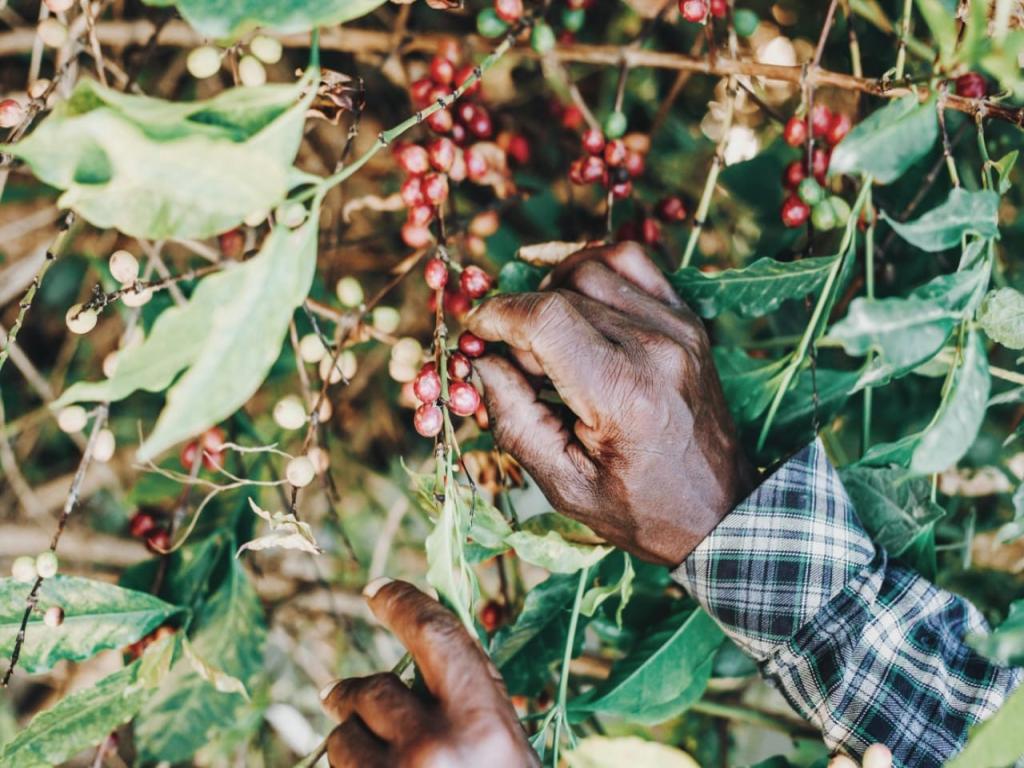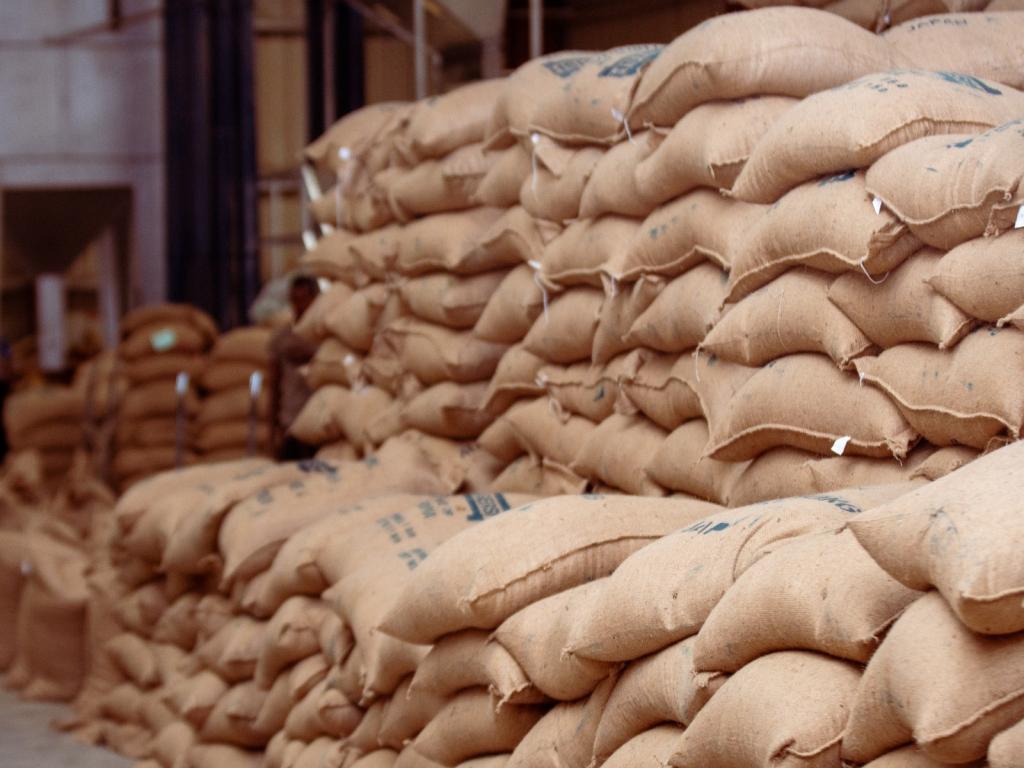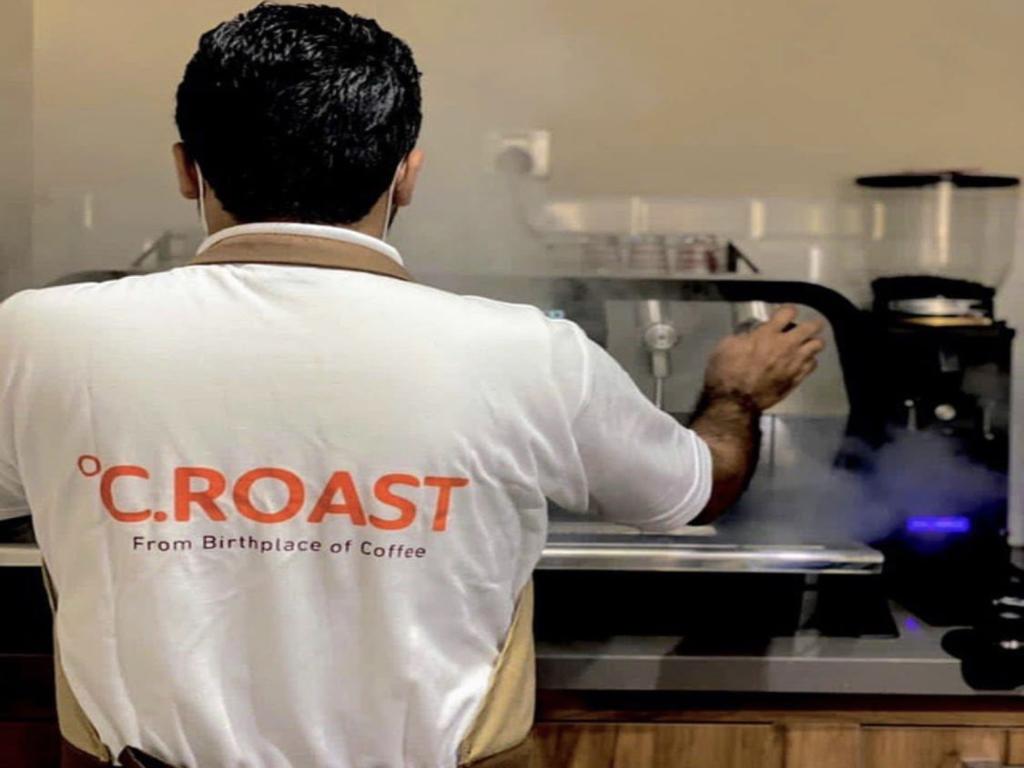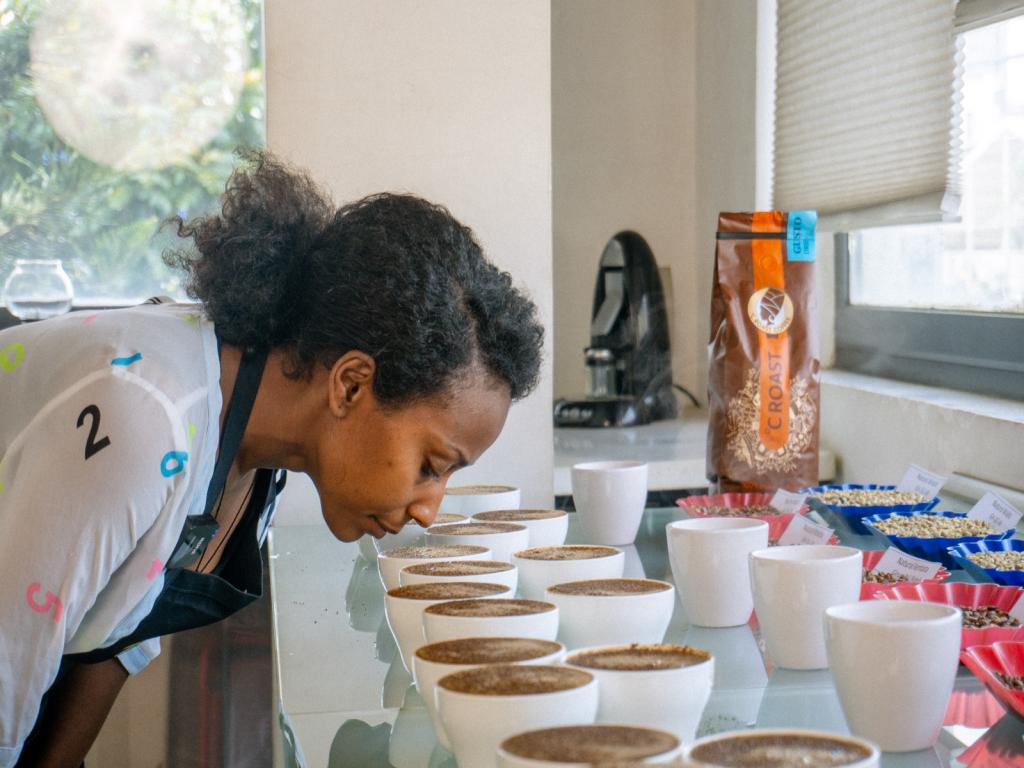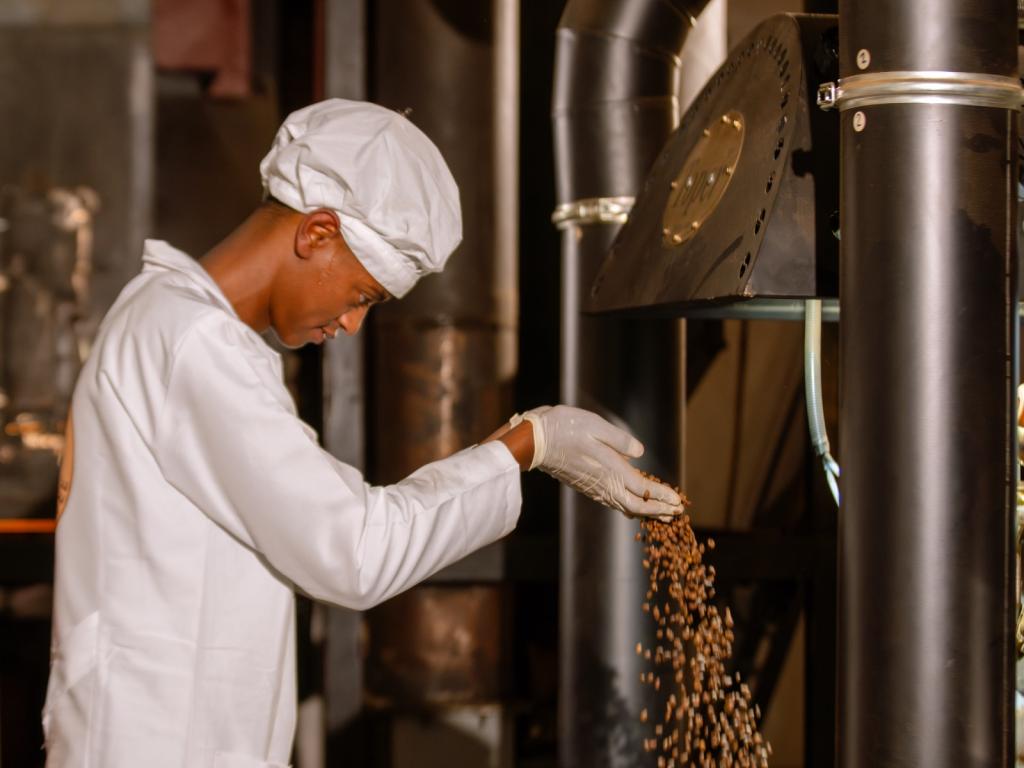Crafting an exceptional espresso begins with one key ingredient: the beans. The concentrated, full-bodied nature of espresso demands a specific type of coffee bean to bring out its rich, balanced flavors. But with the vast variety of beans available, finding the right one can be overwhelming. Let's explore what to look for in espresso beans and how to choose the perfect ones for your ideal shot.
Choosing the right roast is essential for espresso, as it influences the flavor and body of the coffee. Medium to dark roasts are generally best suited for espresso. Medium roasts strike a balance between acidity and smoothness, preserving the beans' original flavors while adding a touch of caramel or fruitiness. Dark roasts, on the other hand, are deeply bold and intense with low acidity, often delivering rich notes of chocolate, caramel, or toasted nuts. This makes dark roasts especially popular for espresso, creating a thick, crema-topped shot with a robust taste that lingers.
When selecting beans, you may also decide between single-origin varieties and blends. Single-origin beans, sourced from a specific region or farm, showcase the unique characteristics of that locale. Ethiopian beans, for instance, bring a floral and fruity complexity, while Brazilian beans add a chocolatey, nutty warmth to the cup. For those who enjoy discovering the distinct flavors of different regions, single-origin espresso is a rewarding choice. Blends, however, offer consistency and balance by combining beans from various regions to harmonize flavor, acidity, and body. Many coffee shops rely on blends to deliver a well-rounded, crowd-pleasing espresso with each pull.
Varieties of beans like Arabica and Robusta also make a difference. Arabica, known for its delicate complexity and slight acidity, is a popular choice for espresso due to its smooth, refined flavor profile. It’s often used in blends to add depth without overpowering subtle notes. Robusta, in contrast, offers a stronger, more intense flavor with a naturally thicker crema and more caffeine. While slightly more bitter, Robusta is sometimes added to Arabica blends for a bold espresso with enhanced crema and a richer mouthfeel.
Regions known for their coffee production each lend unique qualities to espresso. Brazilian beans bring a richness with chocolate and nutty undertones, while Colombian beans are often milder with a caramel-like sweetness. Ethiopian beans add an exciting brightness and fruitiness, while Sumatran beans from Indonesia offer earthy, smoky flavors with low acidity. Each region offers its own distinctive profile, making it worth experimenting to find a personal favorite.
For an excellent espresso, freshly ground beans are essential, and the grind should be fine, resembling table salt. Grinding the beans just before brewing ensures maximum freshness and flavor, and a consistent grind size is key to a balanced extraction. Using a burr grinder rather than a blade grinder helps achieve this consistency, which makes all the difference in the quality of the shot.
When it comes to specific bean choices, popular options include blends such as Lavazza Super Crema, which combines Arabica and Robusta beans from Brazil, Colombia, and Indonesia for a smooth body and rich, honeyed notes. For those who prefer a single-origin experience, Intelligentsia’s Black Cat Espresso blend provides a harmonious balance with hints of chocolate and fruit. Stumptown’s Hair Bender blend is another well-loved choice, offering a complex fusion of Latin American, African, and Indonesian beans with layers of citrus and cocoa.
Finding the best coffee beans for espresso involves experimenting with different regions, blends, and roast profiles until you discover your perfect cup. By investing in quality beans and experimenting with various profiles, you’ll find the flavor, richness, and crema that transform a simple shot of espresso into an unforgettable experience.

